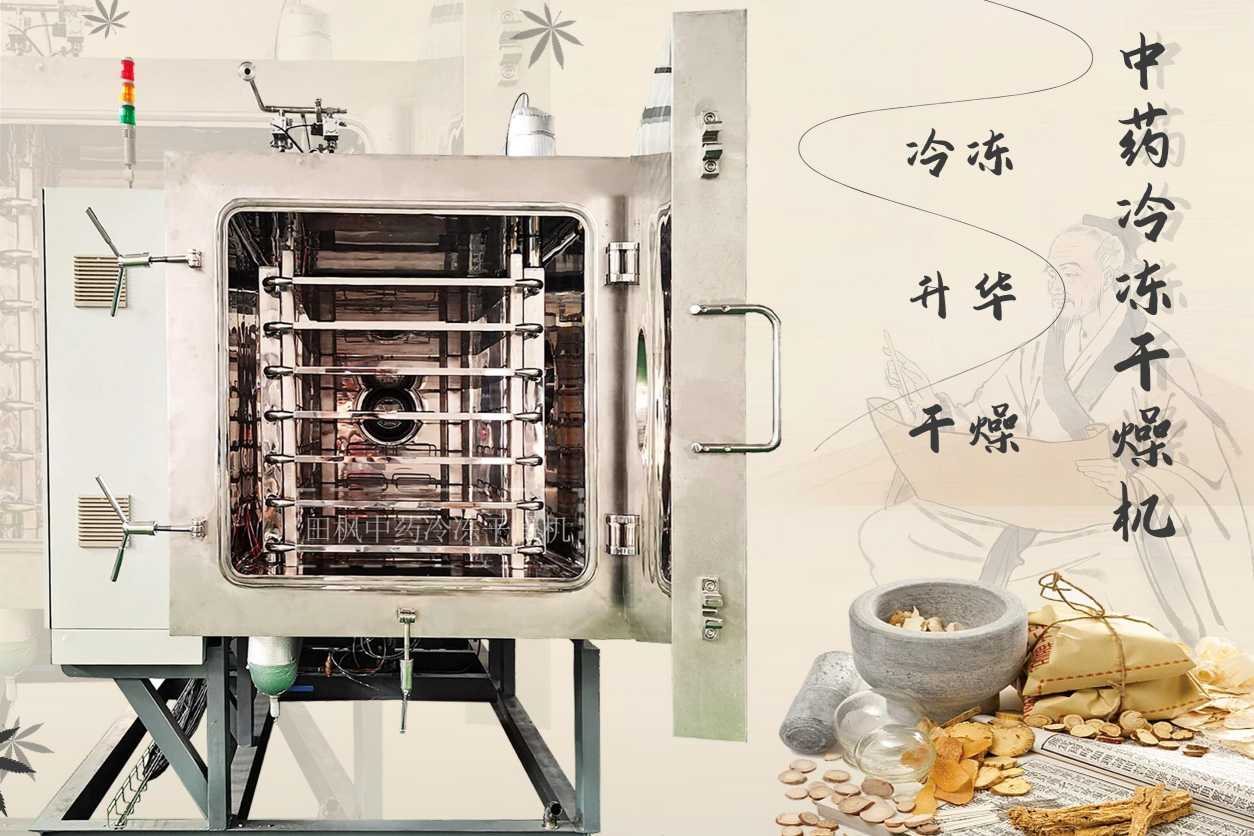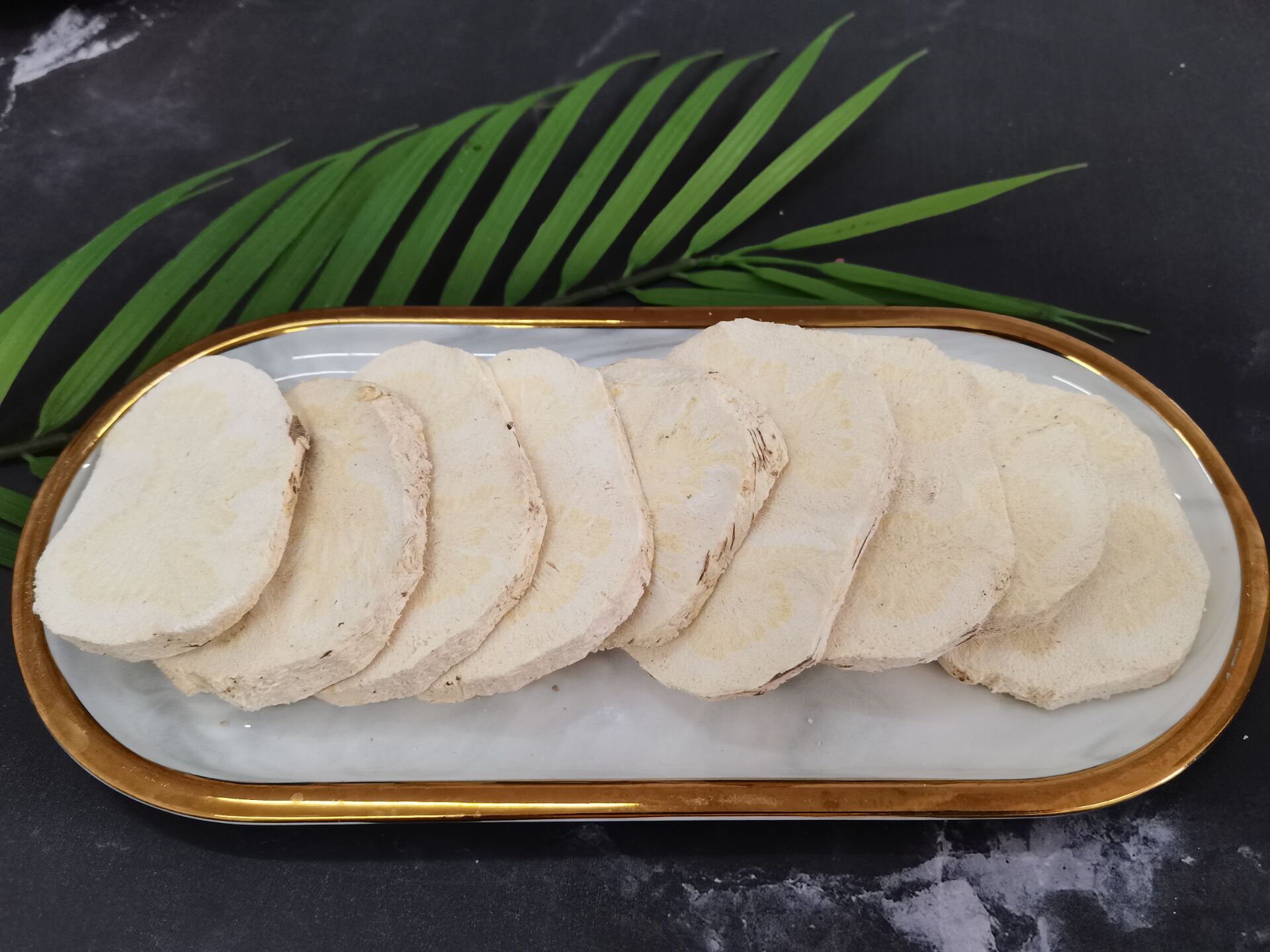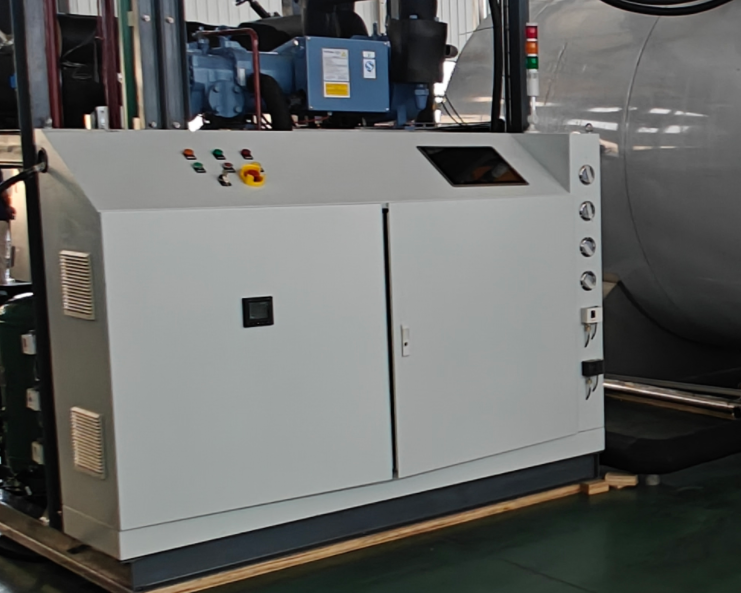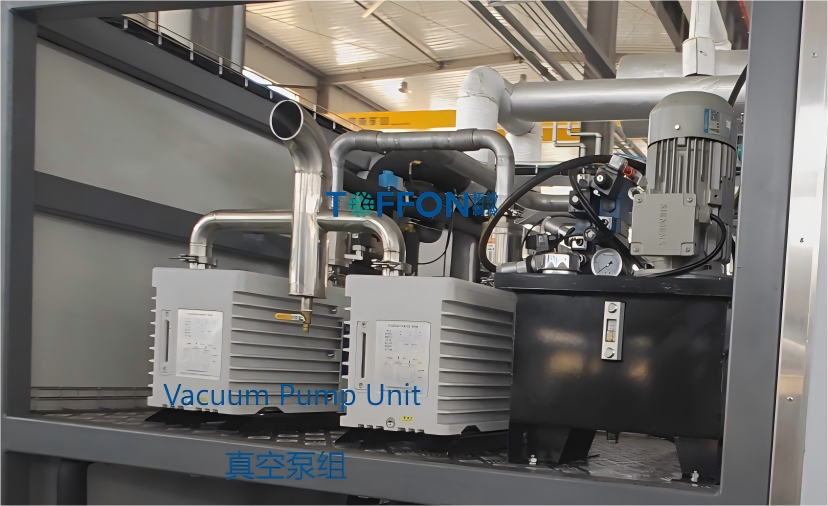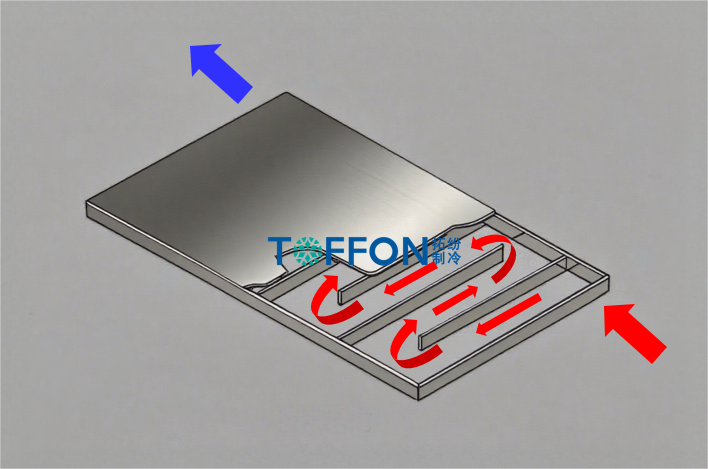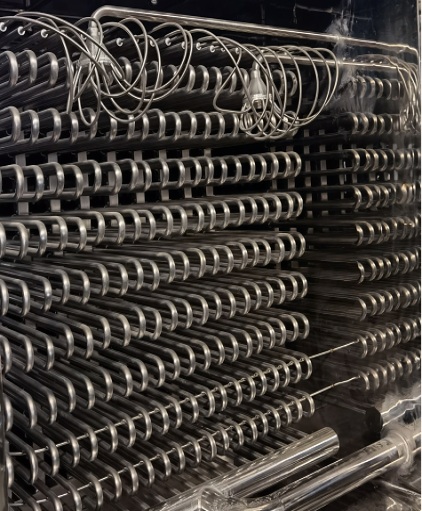Long term preservation of materials is crucial in scientific research and laboratory work. Freeze dryer, as an efficient preservation device, has become an ideal choice for the preservation of experimental materials. It effectively maintains the integrity and activity of the material through unique freeze-drying technology, providing a stable foundation for various experiments.
The core principle of freeze-drying technology is to rapidly freeze the sample at low temperatures and then sublime it in a vacuum environment to remove moisture. This process includes three main stages: freezing, primary drying, and secondary drying. Firstly, the sample is rapidly frozen to an extremely low temperature, which can reduce the damage of ice crystals to cells and molecular structures. Subsequently, under vacuum conditions, ice sublimates directly from the solid state into gas, removing moisture and preserving the shape and structure of the sample. The final secondary drying stage further removes trace residual moisture to ensure the long-term stability of the material.
The application of freeze-drying machines covers multiple fields. Firstly, in biomedical research, freeze-drying technology is widely used to preserve biological samples such as cells, bacterial strains, and serum. Compared to traditional cryopreservation methods, freeze-drying can effectively prevent damage to cells caused by ice crystals, improving the storage life and recovery efficiency of samples. In the pharmaceutical industry, freeze-drying machines are used for stability testing of drugs and preservation of final products, especially for some sensitive biopharmaceuticals such as vaccines and antibodies, whose stability and effectiveness have been significantly improved.
In addition, freeze-drying machines also play an important role in the food industry. By removing moisture from food, the shelf life of food can be significantly extended while maintaining its nutritional value and flavor. This method not only improves the storage and transportation efficiency of food, but also provides consumers with higher quality food choices.
The use of freeze-drying machines is not limited to laboratory and industrial applications. Freeze drying technology is gradually gaining popularity in households and small businesses. For example, some outdoor enthusiasts and emergency responders use freeze-dried food as a long-term reserve to cope with emergencies or prolonged outdoor activities.
Overall, freeze-drying technology provides a reliable solution for the long-term preservation of experimental materials due to its efficient water removal and excellent preservation effect. With the continuous advancement of technology and the expansion of application fields, freeze-drying machines will play an increasingly important role in more industries, providing solid support for scientific research and daily life.
 CN
CN English
English

